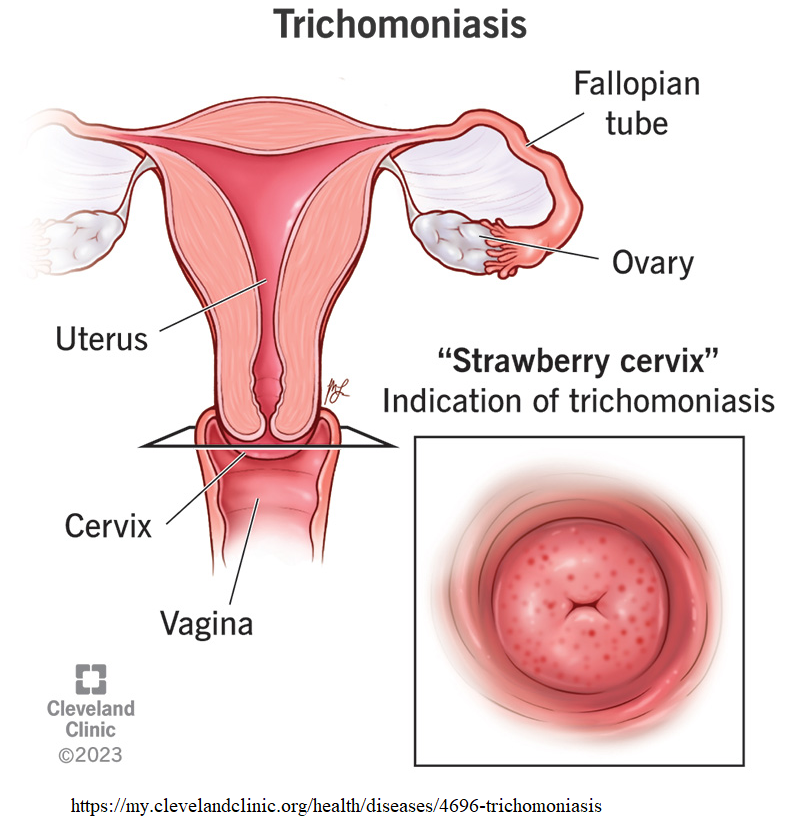Prevalence of Trichomona vaginalis Among Married Women Attending Some Private Clinics in Brack Alshatti, Libya
DOI:
https://doi.org/10.63318/waujpasv3i2_13Keywords:
Trichomonas vaginalis, Prevalence, Married women, Gynecological clinics, Brack AlshattiAbstract
This study was conducted to determine the prevalence of Trichomonas vaginalis among married women attending gynecological clinics in Brack Al-Shati area. The study included A total of 255 cases of which 255 vaginal swabs and 255 urine samples were collected in the period between January 2019 to March 2020. The targeted samples were subjected to direct microscopic for parasite presence. The vaginal swabs were also examined by staining with Wright Giemsa staining technique. Of overall samples examined 30 (11.8%) were infected with the parasite by using direct examination of vaginal swabs, and 5 (2.0%) samples out of 255 urine samples were infected with the parasite. Highest infection rate (13.3%) was reported in the age group 18-28 years. The results showed that about 45.5% of pregnant women were infected with the parasite, and this was statistically significant when compared to non-pregnant (P<0.05). Women who had a miscarriage recorded increased infection (15.6%) over those who do not experience miscarriage. The majority of the infected cases were coincided with one or more symptoms of infection, and the most common symptoms were vaginal discharge (19.1%). The results showed a significant correlation between infection with the parasite and the presence of vaginal discharge (P<0.001). The results also showed strong correlation between the infection and presence of epithelial cells (P<0.05). Infection was accompanied by raise in the pH of the vaginal environment (7>) with a strong significant correlation between the infection and pH of vagina. The current study showed that trichomoniasis is common among women in the study region. Due to the similarity of the clinical symptoms of trichomoniasis with other sexually transmitted diseases, laboratory tests are necessary to confirm the infection. Given the adverse effects of infection, especially in pregnant women, it is important to take the necessary measures to reduce the spread of infection with the parasite and other sexually transmitted diseases.
Downloads

Downloads
Published
Issue
Section
License

This work is licensed under a Creative Commons Attribution-NonCommercial 4.0 International License.
This journal uses Creative Commons Attribution-Noncommerical 4.0 International License (CC BY-NC 4.0), which permits use, sharing, adaptation, distribution and reproduction in any medium or format, as long as you give appropriate credit to the original author(s) and the source, provide a link to the Creative Commons license, and indicate if changes were made. To view a copy of this license, visit https://creativecommons.org/licenses/by-nc/4.0/.
Copyright of articles
Authors retain copyright of their articles published in this journal.




